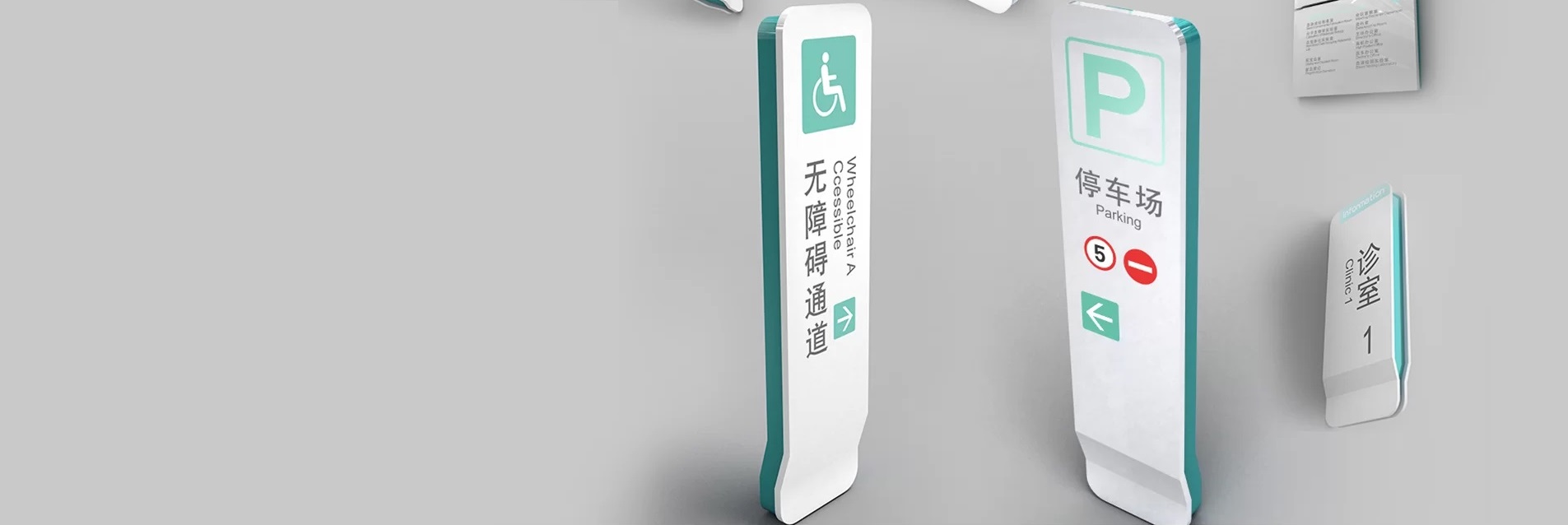Wayfinding System Projects involve the design, development, and implementation of navigational systems to help people move easily through complex environments. These projects are carried out in various settings such as hospitals, airports, universities, shopping malls, corporate offices, and public spaces. They are customized to the specific needs of the environment and users, ensuring accessibility, clarity, and ease of navigation.
Key Takeaways from Wayfinding System Projects:
User-Centric Design: Each project focuses on understanding the needs of users (e.g., shoppers, patients, tourists) to create an intuitive navigation experience.
Integration with Technology: Digital solutions like interactive kiosks, mobile apps, and digital maps are becoming increasingly common, providing dynamic and personalized wayfinding experiences.
Accessibility and Inclusivity: Many projects include ADA-compliant features such as Braille, tactile signs, and audio assistance, ensuring inclusivity for all users.
Aesthetic Considerations: Especially in projects like universities and parks, wayfinding systems are designed to fit the environment aesthetically while still being functional.
Continuous Improvement: After installation, many projects include regular updates and maintenance to adapt to changing environments or user needs.
